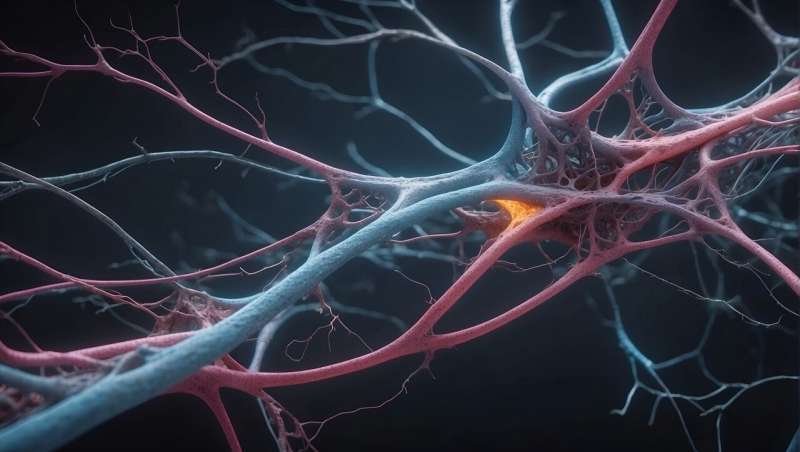Innovative Approaches to Providing Healthcare to Homeless Populations via Telehealth

Telehealth is transforming healthcare access for homeless populations, reducing barriers, and improving engagement in mental health and chronic disease management. Explore how innovative strategies are addressing this underserved community's needs.
Cellphones are increasingly accessible, even among homeless individuals—one of the most vulnerable and underserved groups in America, where the average life expectancy is only 51 years. Traditionally difficult to reach by healthcare providers, this population has historically faced significant barriers to medical care. However, the adoption of telehealth during the pandemic has opened new avenues for delivering healthcare services effectively.
Despite assumptions that homeless people might lack the resources for technology, many possess cellphones, internet access, and suitable plans, making telehealth a feasible option. Katherine Koh, an assistant professor at Harvard Medical School and psychiatrist at Massachusetts General Hospital, highlights that telehealth has significantly improved access for homeless patients. Her clinical experience demonstrated that appointment no-show rates decreased when care was delivered remotely, with some patients maintaining weekly contact over several months—something not achievable with in-person visits.
Telehealth proves particularly beneficial for behavioral health, as many mental health conditions do not require physical exams, and for managing chronic diseases such as diabetes or infectious diseases. It has been effectively used for opioid use disorder treatments, including Suboxone prescriptions. While some patients prefer video visits, many can be adequately engaged via audio calls, especially when supported by staff assistance with technology setup.
The most pressing health challenges for homeless individuals include trauma-related mental health issues, substance use disorders, and chronic physical illnesses like cardiovascular disease and respiratory problems, which contribute to the starkly lower mortality rate in this population. Though telehealth increases engagement and access, more research is needed to determine whether it reduces emergency and inpatient hospitalizations.
Efforts in this realm emphasize innovation, such as utilizing AI to track health outcomes, which can bridge the gap brought on by exclusion from technological advances historically. Pending further evidence, the current success suggests telehealth can be a vital tool in addressing healthcare disparities among homeless populations.
Factors contributing to rising homelessness include increasing housing costs, stagnant wages, migration without sufficient support systems, and natural disasters like the Maui wildfires. Addressing this crisis necessitates long-term solutions such as expanding affordable housing, preventing homelessness through early intervention, and providing extended temporary housing until permanent support is available.
Koh emphasizes that prevention is crucial, alongside immediate housing efforts. The situation at Mass and Cass in Boston exemplifies the complexity of homelessness, where longstanding trauma, lack of affordable housing, and systemic issues perpetuate cycles of displacement. Solutions require comprehensive strategies that include funding sustainable housing options and addressing root causes of homelessness.
Stay Updated with Mia's Feed
Get the latest health & wellness insights delivered straight to your inbox.
Related Articles
Research Uncovers That Only Three Neurons Are Needed for Memory Reinforcement During Sleep
A groundbreaking study uncovers that just three specialized neurons are essential for consolidating memories during sleep, offering new insights into brain function and potential treatments for memory disorders.
How Systemic Inflammation Links Autoimmune Diseases to Mental Health Challenges
A large UK study reveals that systemic inflammation linked to autoimmune diseases significantly increases the risk of mental health disorders, especially among women. Early screening and intervention are recommended.
New Insights into How Biological and Social Factors Contribute to Health Differences Between Men and Women
A new international study uncovers the biological and social factors contributing to health disparities between men and women, emphasizing the importance of broader health determinants beyond genetics for personalized medicine.
Early Motor Development Observed in Phase II Risdiplam Trial for Presymptomatic SMA
A Phase II trial reveals that early treatment with risdiplam in infants with presymptomatic spinal muscular atrophy enables significant motor development, emphasizing the importance of early diagnosis and intervention.



